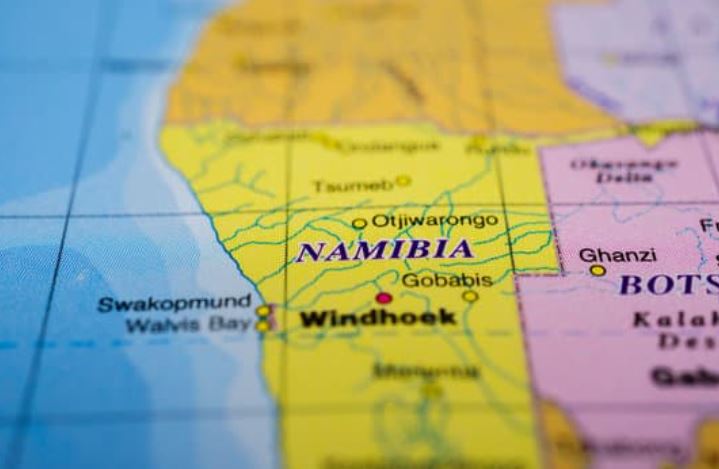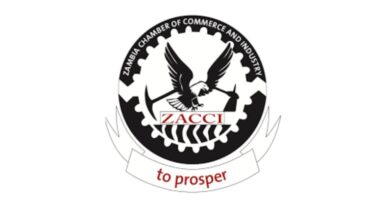Namibia Launches Socio-Economic Development Framework for Giga-Scale Green Hydrogen Project
Namibia takes a significant step towards its ambitions of becoming an industrialized nation as the Socio-Economic Development (SED) Framework for the giga-scale GRN – HYPHEN Green Hydrogen Project in the Tsau/Khaeb National Park under the Southern Corridor Development initiative was officially launched by Hon. Obeth Mbuipaha Kandjoze, Director-General of the National Planning Commission and Chairperson of the Green Hydrogen Council.
In his keynote address, Hon. Obeth Mbuipaha Kandjoze highlighted the genesis of Namibia’s vision to become an industrialized nation, beginning with Vision 2030 crafted under the guidance of Founding President Dr. Sam Nujoma. The pathway towards this vision has been divided into five-year National Development Plans, with the Harambee Prosperity plans further accelerating the delivery of targeted programs and an economic recovery plan.
The government’s ambitions to develop a synthetic fuels industry are reflected in the 2nd Harambee Prosperity plan’s Economic Advancement pillar, which includes investigating the feasibility of a green hydrogen industry in the Tsau/Khaeb National Park as part of the Southern Corridor Development initiative.
The Green Hydrogen Request for Proposal (RFP) launched in August 2021 laid the foundation for the SED Framework. The government emphasized that the hydrogen economy must be rooted in young people, local communities, and small to medium-sized businesses. Therefore, the RFP criteria considered the number of new jobs created, the percentage reserved for young Namibians, and the portion of the project budget allocated for Namibian SMEs.
The SED workstream, chaired by the Executive Director of the National Planning Commission and supported by the Presidential Advisor on Youth Matters, ensured that the SED objectives were accurately represented in the Feasibility and Implementation Agreement signed on May 26th, 2023.
The SED Framework presents significant opportunities and benefits for Namibian stakeholders, including over 15,000 new jobs during the construction phase and 3,000 permanent jobs during operation. The target is for 90% of these jobs to be filled by Namibians, with 20% specifically earmarked for youth. Additionally, the project aims for 30% local procurement of goods, services, and materials during construction and operational phases, amounting to N$60 billion during the four-year construction period.
Namibia stands to gain land rental fees of up to N$100 million per year during the feasibility studies and N$330 million per year after FID for the duration of the 40-year concession.
The SED Framework emphasizes strategic partnerships, including a €40 million grant program with the Federal Republic of Germany focused on Green Hydrogen cooperation, with €5 million allocated for scholarships for Namibian youth.
The National Green Hydrogen Strategy launched in November 2022 aims to eradicate unemployment by 2040 by creating up to 600,000 green jobs, and the SED Framework serves as a blueprint for future developers in Namibia’s hydrogen industry.
The launch of the SED Framework marks a significant milestone in Namibia’s social progression, infrastructure development, and economic advancement.



